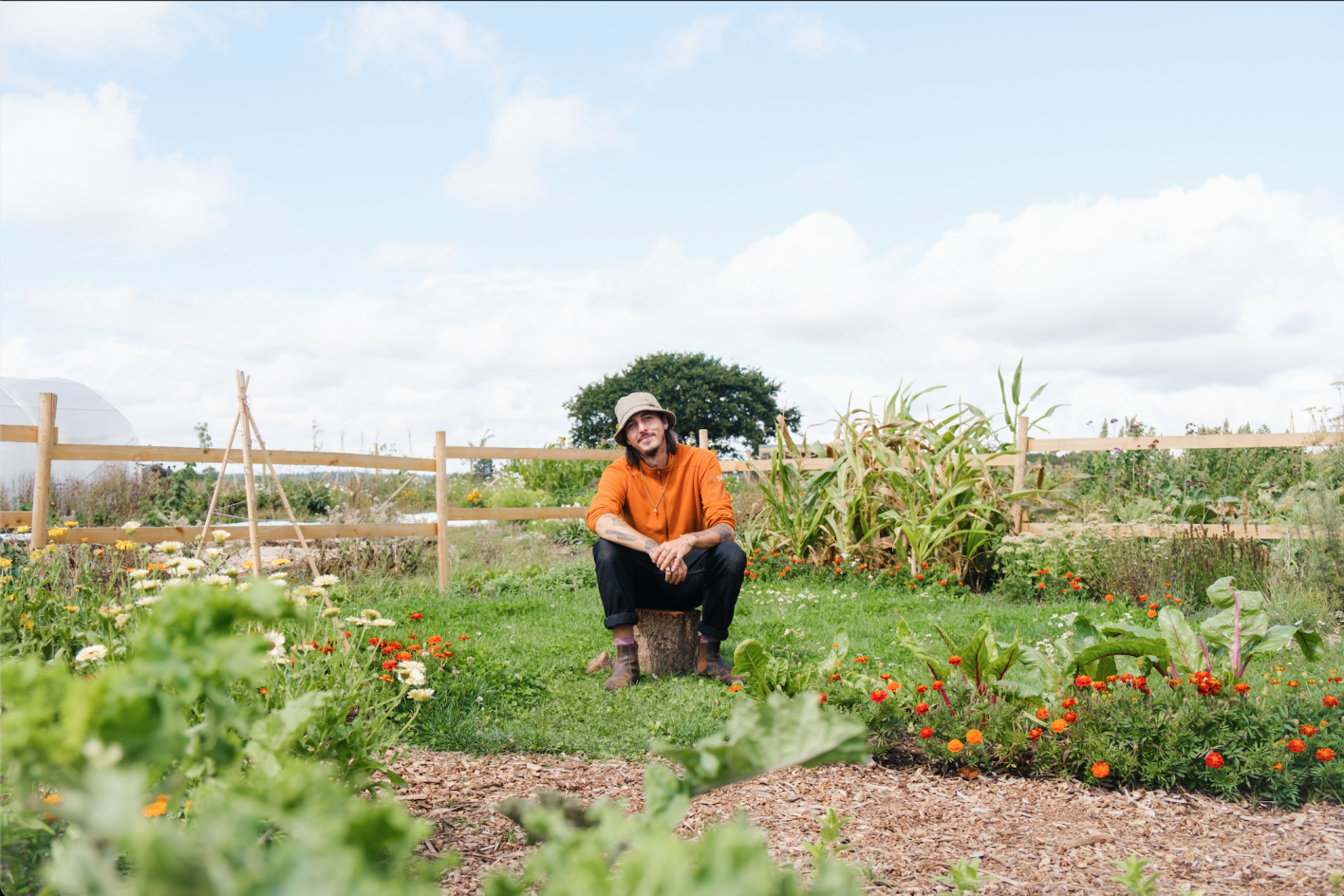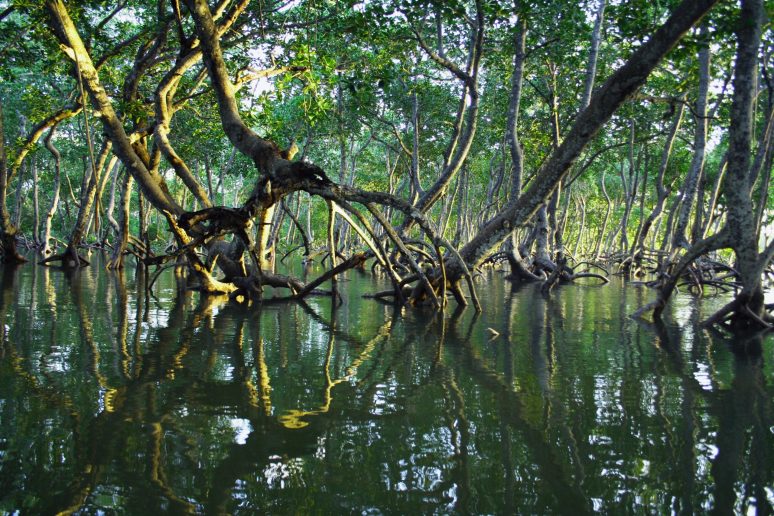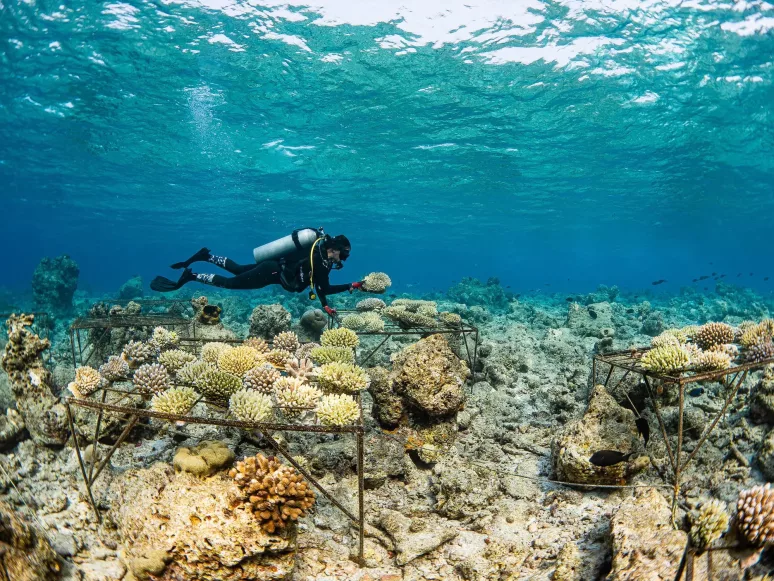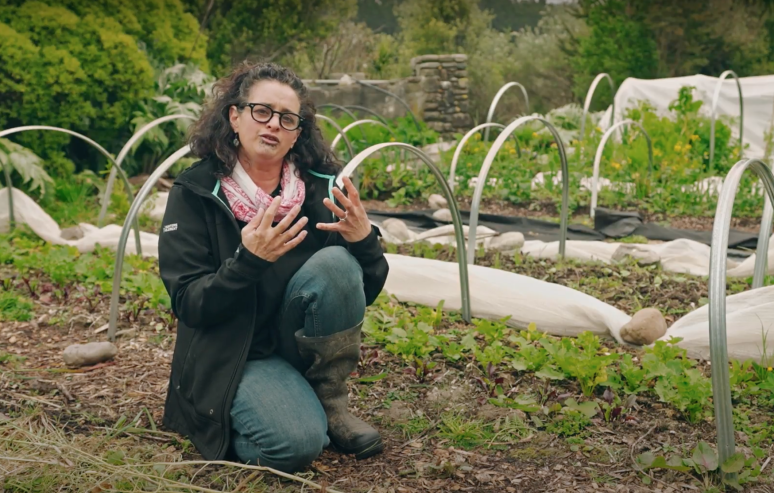
3 Key Practices to Restore Ecosystems In Your Garden
So you’ve read our blog ‘Everything you need to know about Ecosystem Restoration.’ Hopefully, by this point, you’re on board with the benefits and excited to get stuck in to support the UN Decade on Ecosystem Restoration. Here are 3 key practices to restore ecosystems either in your back garden, allotment, local park or community land project.

Different ecosystems require different approaches depending on the level of ‘degradation’. Degradation means the depletion of resources such as quality of air, water and soil; the destruction of ecosystems; habitat destruction; the extinction of wildlife; and pollution.
Depending on the level of degradation in the ecosystem you are working with it may not be enough to simply address the different forms of deterioration. It’s important to consider whats happening upstream that is causing the degradation in the fist place such as pollution, erosion and drought.
However, we have compiled a 3 key practices that are beneficial to most land based ecosystems. These restorative practices will combat degradation in your back garden and help you consider some of those impacts happening upstream.
Erosion & groundwater filtration
The water cycle keeps our ecosystems alive and healthy. Yet through urbanisation and industrial agriculture, we’ve broken our water cycle. Concreting over massive areas of soil needed for filtering water. Tilling topsoil and leaving it uncovered. Creating roads and buildings and then directing water out of those areas through drainage systems. All of this has contributed to increased erosion and decreased groundwater filtration.
Erosion happens when water moves quickly across the landscape, taking soil with it into rivers and lakes. The nutrients carried by the water can then also disrupt the balance within those aquatic ecosystems.
When water slows down and finds areas to gather on the land then it can filter through layers of soil and rock – thus replenishing the groundwater and reducing the amount of erosion happening with an ecosystem.
Some ways to decrease erosion and slow water down include:
- Creating areas where water can gather and filter slowly such as ponds or water bunds.
- Increase vegetation by planting cover crops to help hold the soil together and retain water, moisture and nutrients.
- Use mulch such as wood chip or straw – this also helps to retain soil moisture.
Native Species
Native species are those that are indigenous to a given region or ecosystem through natural evolution.
Species that are indigenous to an area have often evolved to have complex and mutually beneficial relationships with other species and organisms.
Some species are called specialists, meaning they have very specific food and habitat needed to survive or complete their life cycles. Many specialist species have evolved to have interdependent relationships with native species.
For example, in the UK the Cinnabar Moth specialises on a wild native plant called Ragwort. However, Ragwort is poisonous and has a terrible reputation for horse owners so many choose to get rid of this plant from their local fields. This then has huge implications for the Cinnabar Moth which rely on the ragwort for their life cycle.
So when native plant species begin to decline or disappear from an ecosystem altogether, this poses a high threat of extinction for those species which depend on them.
Ways to support native species in your garden:
- Choose native species to plant wherever possible for your garden
- Scatter native wildflower mixes on your lawn to support pollinators all year round
- Plant native trees or shrubs in your garden to increase the range of native species beyond wildflowers.
Invasive Species Management
Many ecosystems have evolved to have somewhat of a delicate balance.
When an invasive species is introduced to an area, often accidentally, it can thrive more so than its original ecosystem because there are fewer limiting conditions.
For instance, in the original ecosystem that the invasive species originates from, it will have interactions with other species that stop the plant or animal from taking over. Yet outside of that ecosystem those limiting factors might be absent – therefore resulting in the invasive species spreading uncontrollably.
Invasive species can cause all sorts of problems. One of the reasons they are such a concern in ecosystem restoration is they often take over habitats that native species need.
Ways to limit invasive species in your garden:
- Aim for native species wherever possible in your garden so as not to accidentally introduce invasive species.
- Educate yourself about invasive species through local, regional and country-specific organisations who are managing invasive species.
- Remove any invasive species from your garden as soon as possible and make sure that the way you treat and dispose of invasive plant species does not endanger human health or the environment.


